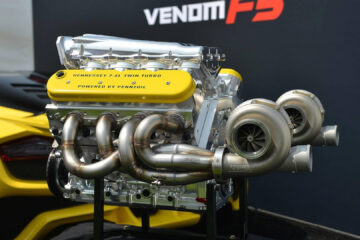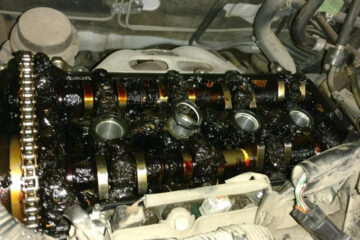13. Low Coolant or Contaminated Coolant — Invisible Corrosion from Within
Coolant (antifreeze) isn’t just for keeping the engine from overheating — it also protects against corrosion, lubricates the water pump, and maintains stable temperature across the entire cooling system. If the coolant level drops or its chemical balance is off (for example, if it’s mixed incorrectly or never replaced), serious problems can develop silently.
Over time, contaminated coolant loses its anti-corrosive properties, leading to rust inside the radiator, heater core, and engine block. Sediment and scale can block coolant passages or restrict flow, causing localized overheating and long-term damage to gaskets and head surfaces.
Consequences of poor coolant maintenance:
- Internal corrosion and leaks
- Water pump failure
- Blown head gasket or warped cylinder head
Prevention tip:
Flush and replace coolant every 3–5 years or as specified by your car’s manufacturer. Never mix incompatible coolant types (like silicate-based and OAT/HOAT) — always use the correct formulation.
14. Poor PCV System Maintenance — Pressure and Sludge Buildup
The Positive Crankcase Ventilation (PCV) system routes blow-by gases from the crankcase back into the intake for re-combustion. It helps reduce emissions, pressure buildup, and oil contamination. But over time, the PCV valve or hoses can clog with oil vapor and carbon deposits, especially in turbocharged or direct-injection engines.
When the PCV system fails, crankcase pressure can rise, forcing oil past seals and gaskets. Moisture and unburnt fuel remain trapped inside the engine, accelerating sludge formation and internal corrosion.
Signs of a failed PCV system:
- High oil consumption
- Oil leaks from gaskets or dipstick
- Whistling noises or rough idle
Prevention tip:
Inspect and replace the PCV valve every 50,000–100,000 km. If your engine is known for valve coking (common in direct-injection setups), more frequent checks are wise.







0 Comments